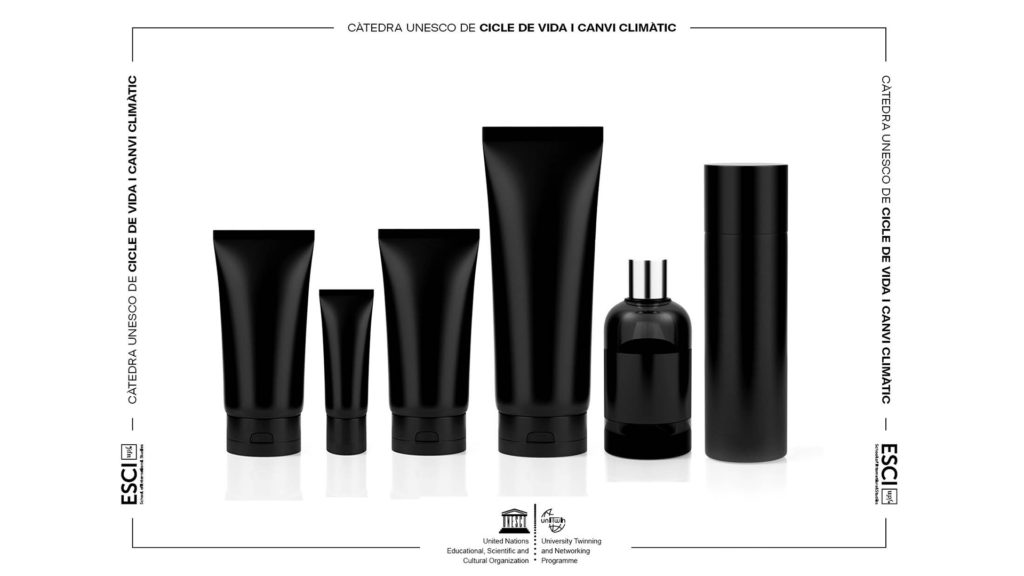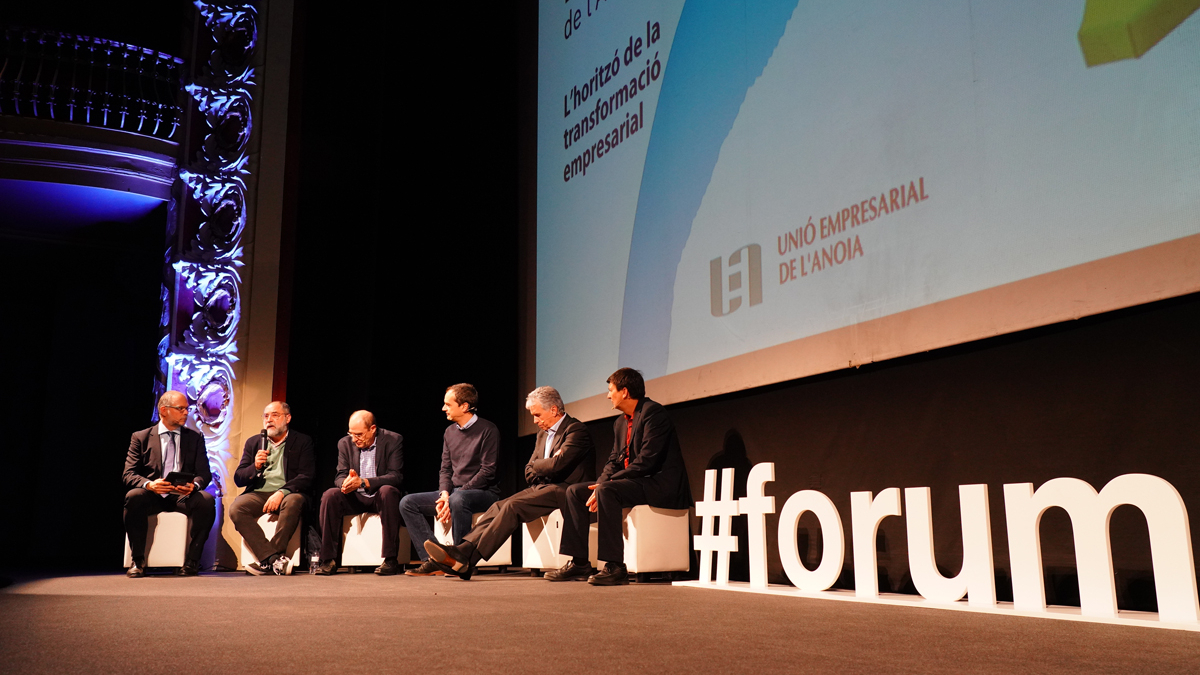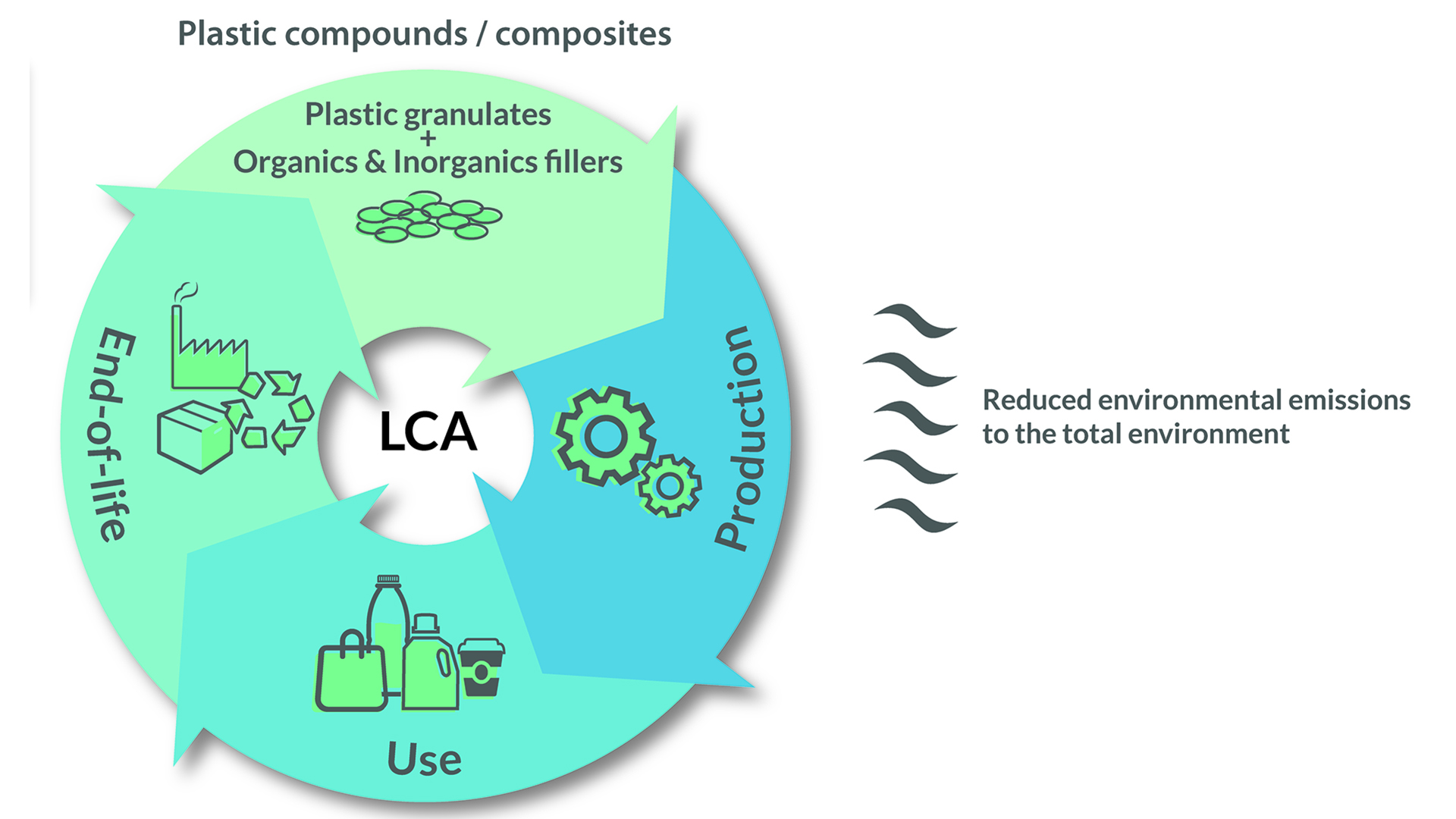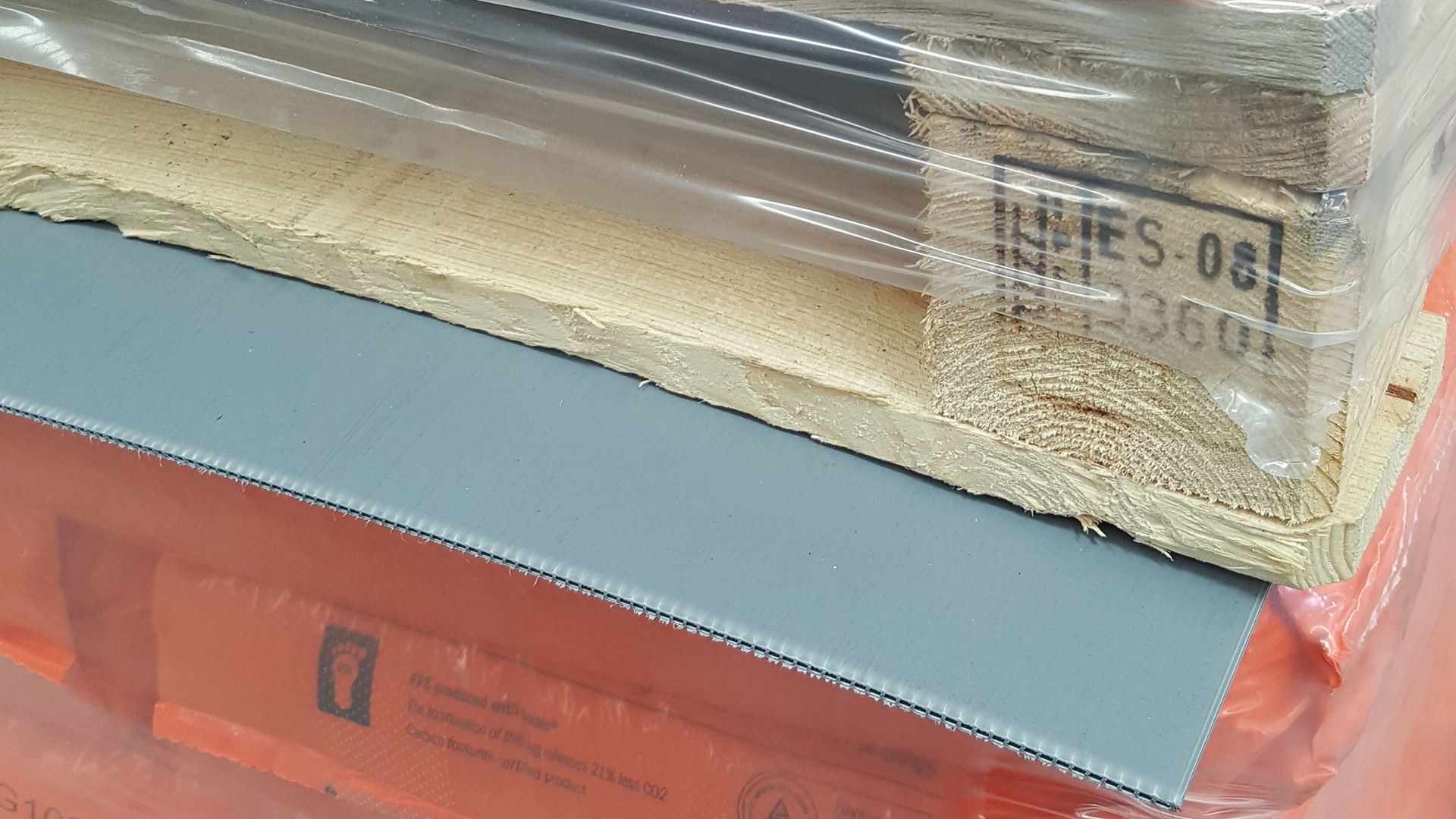A recent study by the UNESCO Chair in Life Cycle and Climate Change ESCI-UPF finds that the combination of mineral fillers and recycled plastic in cosmetic tubes can be an environmentally friendly solution to help fight climate change. Research proves the production chain can be further improved by including eco-design and LCA strategies in the pipeline.
Plastic has outstanding properties, such as durability, flexibility, strength and adaptability. Packaging solutions made of plastic are waterproof, lightweight and come in any colour you like. But, we all know, where this is concerned, not all that glitters in the Plastic is gold, since, it is made out of petrochemicals, with all its associated environmental burdens.
To turn plastics more environmentally friendly, several alternatives have been put in place, like adding mineral fillers −diluents introduced into plastics to improve their properties and provide cost reduction− or recycled plastic to the final product. Both solutions use compatible materials that effectively reduce the overall amount of petrochemicals used. It may look like a step forward but, is this truly better for the environment?
To find it out, the Chair has developed a research project together with the GCR Group, a mineral filler producer company, and Linhardt, a plastic packaging manufacturer. Its results, recently published in a scientific publication entitled “Improving the production chain with LCA and eco-design: application to cosmetic packaging”, show that Life Cycle Assessment (LCA) and eco-design are indeed powerful strategies to cut down emissions associated with the production of plastic tubes for cosmetics.
By applying the LCA methodology, researchers have successfully identified the raw materials stage as the most impactful category, having more than 50% of the overall environmental impacts of the product. Thus, eco-design strategies have to be focused on ways to reduce the use of raw materials.
With this idea in mind, the researchers have designed and tested two alternatives, one replacing virgin plastics with mineral fillers and recycled plastics (Tube 2), and a second one adding a further reduction in thickness (Tube 3), that has been possible thanks to the increased strength provided by the mineral fillers.

Ecodesign strategy applied to cosmetic plastic tubes. Source: Civancik-Uslu et al. 2019.
The main conclusion of the research is that, compared with the original tube, the new design including mineral fillers, recycled plastic and the reduced thickness could save 30 to 35% greenhouse gases emissions. Furthermore, it weighs exactly the same and it is cheaper to produce. Triple win.
As it is widely known, companies are highly concerned about profits. And, at the same time, consumers are increasingly concerned about the environment and sustainability. Thus, the more the latter make purchase decisions based on sustainability criteria, the more the former do see efforts to go green as beneficial.
In this scenario, a question arises: Can LCA and eco-design strategies, under a circular economy perspective, help the plastic industry be more environmentally friendly? The last paper from the Chair gives a clear answer: yes, they can.






Leave a message